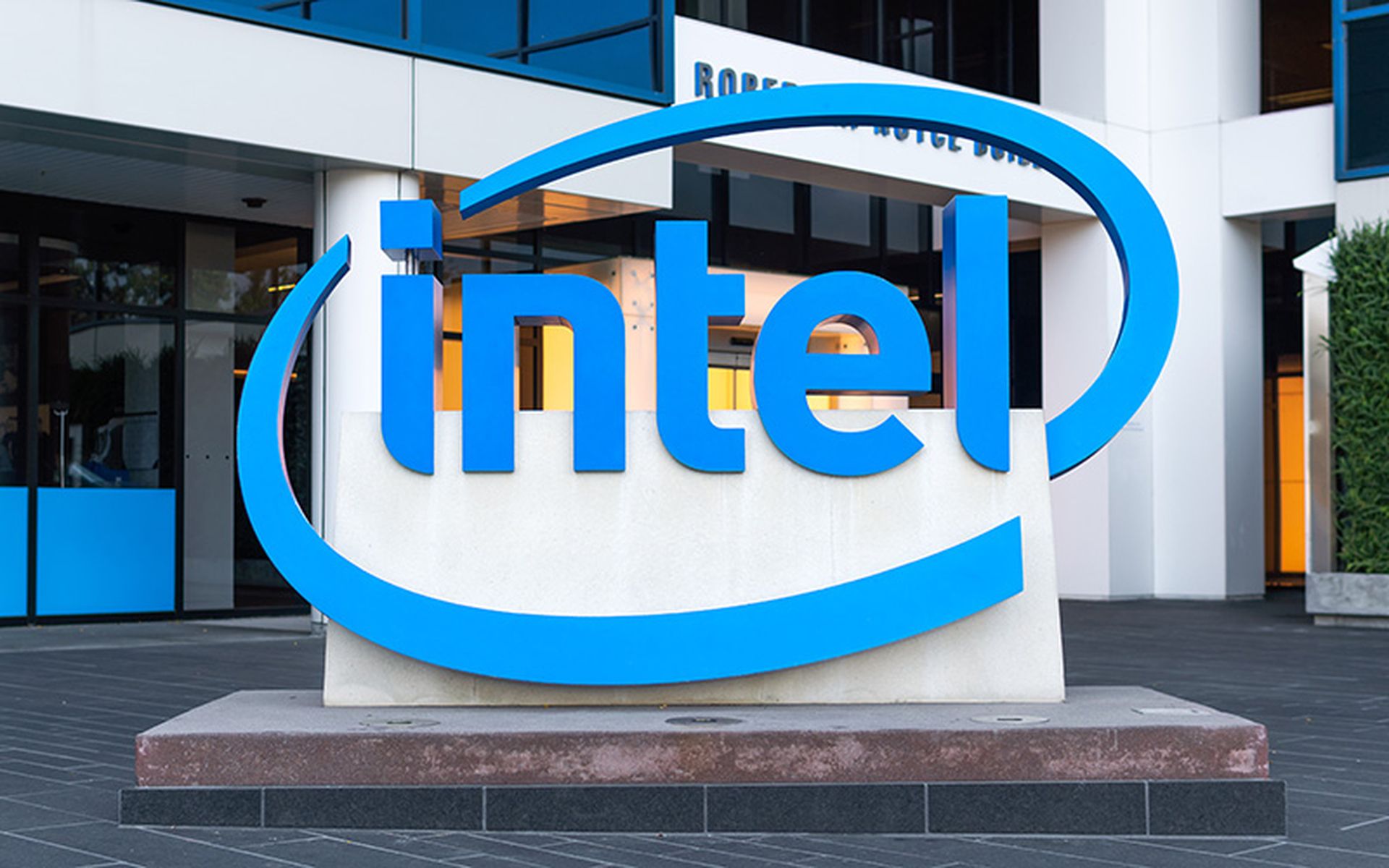Everyone has been buzzing about bots with Facebook/Messenger’s launch of bots on its messenger platform. What is a bot you ask? A bot is a chat-based interface that helps consumers complete tasks -- ordering take-out food, chatting with their doctors, or checking the score of a big sports game. Many believe that this next step -- bots in conversation with consumers -- is imminent. We agree, but not so fast.
There are a few trends playing in favor of bots becoming the next big user interface:
- Apps put a huge burden on consumers. The app ecosystem forces consumers to orchestrate getting the content and services that they need -- sometimes in a single app, most times through a composition of many. And this doesn’t even address individual app quality -- too many of them are simply awful. We're forced through processes translated from online that make no sense on the go or on our mobile phones.
- Bots foster natural communication. Having a bot is like having an assistant. You can chat with the bot, ask the bot to do things for you -- like order take-out or get a new lipstick. They are a natural extension of how we communicate and use our mobile phones.
- Consumers spend 84% of their time in just five apps each month. Chances are that one or two of those are social media, instant messaging,etc., as a handful of mobile giants like Facebook, Google and Apple in the US own a disproportionate number of customers mobile moments, measured both by time and data. Consumers are asking for a better experience.
Bots Face Big Hurdles
There are also a few big hurdles standing in the way of bots becoming the next big thing in 2016:
- Bot services must be convenient. Consumers want their mobile moments addressed by a better (read: faster and more contextual) experience. The apps that consumers use today like Uber, Yelp, Amazon, or Facebook Notify, are amazing. There is nearly zero friction for the consumer to get what he or she wants immediately in context -- or what Forrester refers to as a mobile moment.
- The enabling technology isn’t sophisticated. Great bot services will depend on artificial intelligence and insights. Consumers don’t want to chat with machines that ask them dumb questions. Only one in four enterprises surveyed by Forrester even use location data to make mobile services more relevant -- let alone insights built on the immense context available.
- Developer tools are nascent. Fortunately today’s chat platforms were built with extensibility in mind. That said, enterprise interactions demand enterprise quality -- major brands will not go to market based on a few developers trying this out in the office. Microsoft announced a Bot framework at Build 2016, and there will be many more to follow.
The Bots Evolution
Bots will evolve into a mechanism to help consumers get stuff done both on their mobile phones and with virtual agents (e.g., Amazon’s Echo). They will be a tool or an enabler rather than “the next big thing.” Forrester recently published a report detailing the future of mobile experiences. In it, we see mobile moving from a collection of apps and web experiences, to the next stage driven by platform experiences. Cortana, Google Now, and Siri have a leg up in the mobile platform wars, but chat platforms will play a critical role in this second stage. Brands must embrace these emerging opportunities, as they own too few of their own mobile moments. Bots, and the chat platforms they run on, provide an amazing opportunity for brands to deliver contextual experiences on borrowed mobile moments. This is the first step on a journey towards a bright future where consumers no longer orchestrate their needs through content and services, but sit back and let the technology work for them.
Agree? Disagree? Reach out to Julie, @JulieAsk, and Mike, @ASocialFace.
Post authored by Forrester Research's Julie Ask and Michael Facemire. For more information, please see the Forrester Research report, “The Future of Mobile: From App Silos To Open Ecosystems.” Read more Forrester Research blogs here.




